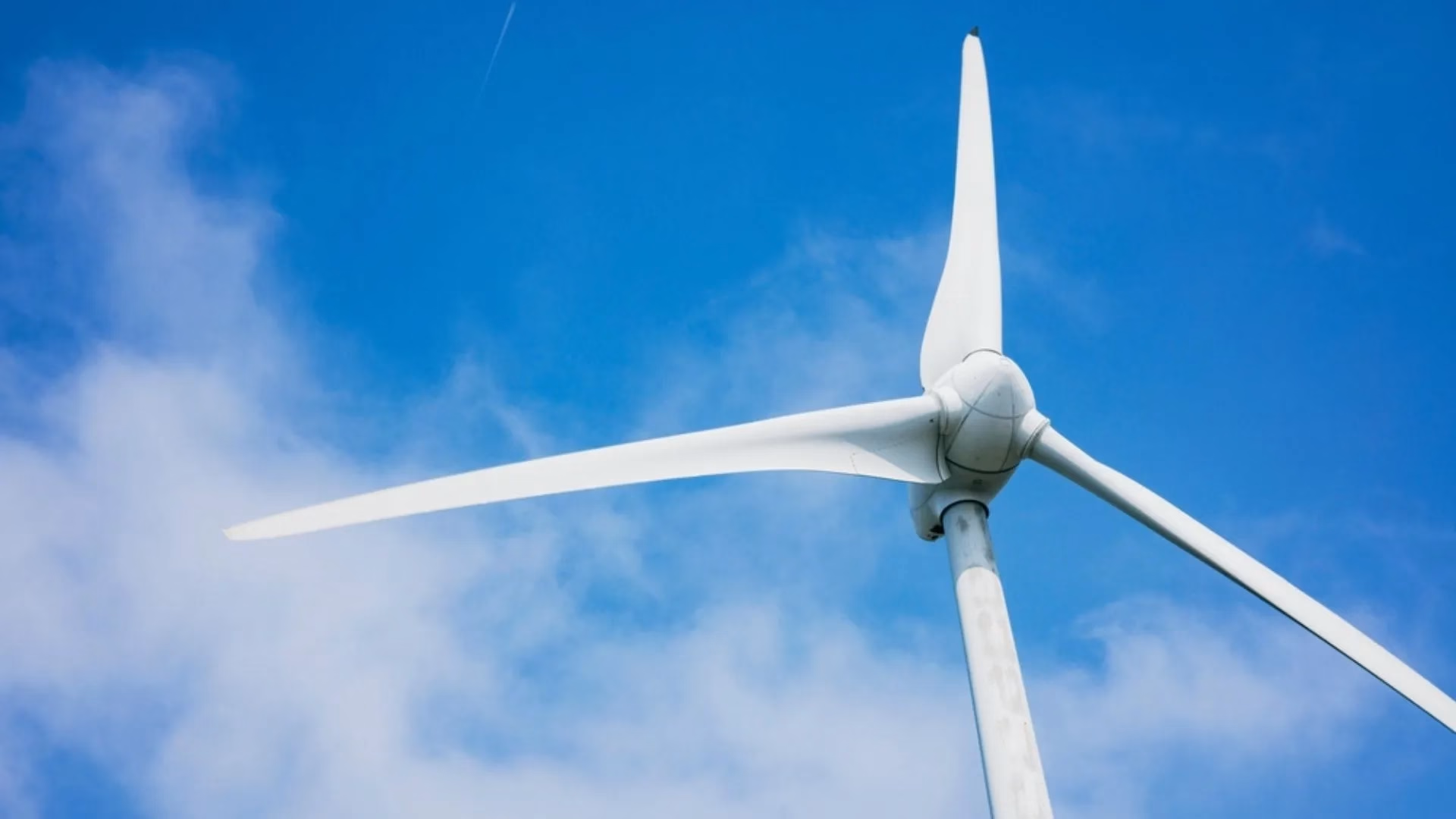The Sky's the Limit: Germany Builds the World's Tallest Wind Turbine
There's a buzz in the air, quite literally, over in Schipkau, a municipality nestled in Brandenburg, Germany. This week, something truly monumental kicked off: the construction of what's set to become the world's tallest wind turbine. When you hear "tallest," you might think of a slightly bigger version of what you're used to seeing dotting the landscape. But trust me, this isn't just "slightly bigger." This is a game-changer.
We're talking about a structure whose hub will sit at a staggering 300 meters (that's nearly 1,000 feet!) above the ground. And with its massive rotor blades, the very tip will reach an incredible 365 meters. To put that into perspective, that's just a few meters shy of the iconic Berlin TV Tower. Imagine that, a wind turbine almost as tall as one of Germany's most recognizable landmarks. It's truly a testament to how far renewable energy technology has come, isn't it?
Engineering Marvel: Gicon's Unique Scaffold Design
What makes this turbine, developed by the engineering firm Gicon, particularly fascinating isn't just its sheer height. It's how they're achieving it. Traditional wind turbines typically feature a solid, closed tower as their base. But for something of this magnitude, that approach simply wouldn't cut it for stability and material efficiency.
Instead, Gicon is employing a groundbreaking double scaffold structure. Think of it as a giant, incredibly robust lattice work, with an inner and an outer part. This innovative design isn't just for show; it's a critical engineering solution. It provides the necessary stability for such an immense height, allowing the turbine to withstand the immense forces it will encounter at those altitudes. Plus, it uses less material than a solid tower of comparable strength, which is a neat trick. It's a bit like comparing a solid concrete pillar to a well-designed steel truss bridge – both strong, but one is far more efficient with its material.
Tapping into the Power of High-Altitude Winds
So, why go to all this trouble to build something so incredibly tall? The answer lies in the wind itself. As you ascend higher into the atmosphere, winds generally become stronger, more consistent, and less turbulent. It's a pretty straightforward concept, really. Down closer to the ground, wind flow is often disrupted by terrain, buildings, and vegetation. This creates turbulence and reduces the average wind speed.
Broader Implications for Germany's Energy Transition
The construction of this colossal turbine in Schipkau isn't just a local news story; it's a significant milestone for Germany's broader renewable energy ambitions. This project underscores the nation's commitment to pushing the boundaries of what's possible in green technology.
- Environmental Impact: By tapping into more powerful and consistent winds, this turbine promises a higher capacity factor, meaning it will generate power for a greater percentage of the time at or near its maximum output. This translates directly into more clean energy fed into the grid, helping Germany meet its ambitious climate targets and reduce reliance on fossil fuels.
- Economic Impact: Large-scale projects like this create jobs – from construction and engineering to ongoing maintenance. They also attract investment in the renewable energy sector, fostering innovation and positioning regions like Brandenburg and Lausitz as leaders in this critical industry. It's a win-win, really.
- Symbolic Importance: As the world's tallest, this turbine will undoubtedly become a symbol of Germany's pioneering spirit in renewable energy. It sends a clear message globally that innovation is key to tackling climate change and securing a sustainable energy future.
Community Buy-in and Expert Acclaim
One of the refreshing aspects of this project is the apparent lack of local opposition. In many places, large infrastructure projects, especially wind farms, can face significant pushback. But in Schipkau, the community seems to have embraced it. This isn't surprising, given that the region has a long history of benefiting from wind energy. It speaks volumes about effective communication and perhaps, a shared understanding of the long-term benefits.
Experts in renewable energy are, predictably, buzzing with excitement. They're praising Gicon's innovative design and the potential for this turbine to set a new standard for wind energy production worldwide. Of course, there are always discussions about visual impact – a structure this tall is hard to miss, after all. But the general consensus is that the technological leap and environmental benefits far outweigh these concerns. It's a balance, isn't it?
The Road Ahead for High-Altitude Wind Power
So, what does this mean for the future of wind power? Is this a one-off marvel, or a blueprint for the next generation of turbines? While it's too early to say for sure, the Schipkau project certainly feels like a significant step forward. It demonstrates that pushing the limits of height and design can unlock substantial gains in efficiency and output.
We're likely to see more research and development into similar high-altitude designs. Perhaps not every new turbine will reach 365 meters, but the principles learned here – especially regarding the double scaffold and optimal wind harvesting at elevated levels – will undoubtedly influence future designs. It's an exciting time to be involved in renewable energy, and projects like this one in Brandenburg are a powerful reminder of human ingenuity in the face of global challenges. It makes you wonder, doesn't it, just how high we'll go next?
